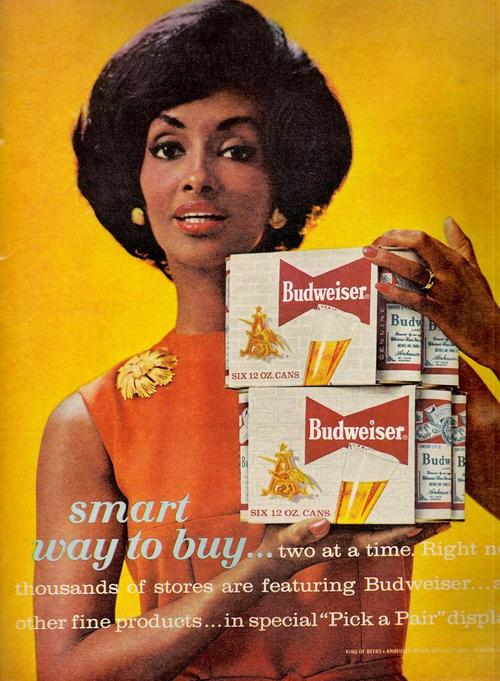Helen Williams made history in the United States in the 1950s when she became the first dark-skinned African-American fashion model to cross over into mainstream advertising.
Yet, it was the French who accepted her instead of the Americans who considered her to be “too dark.”
Williams would surmount the challenges that came with the color of her skin, rising to fame in Paris and New York in the late 1950s and early 1960s and paving way for other dark-skinned models.
Born in East Riverton, New Jersey in 1937, Williams studied dance, drama, and art before becoming a stylist at a New York photography studio.

There, her beauty caught the attention of Lena Horne and Sammy Davis Jr, who frequented the studio to do press shots. The two encouraged Williams, then 17, to take up fashion modeling.
And that was how she was able to break into a stereotyped industry like fashion in the 1950s, working with African-American magazines like Jet and Ebony.

But there was a problem – her dark skin color did not attract many industry folks in America, as non-white models were largely excluded from mainstream fashion. Even within the African-American modelling scene, ladies were expected to be light-skinned.
“I was too dark to be accepted,” Williams once recalled. Facing discrimination while trying to extend her career with other modeling houses, Williams moved to Paris in the 1960s, where she was embraced.
France had a different outlook on black beauty and soon enough, the African-American beauty was modeling for big fashion designers like Christian Dior and Jean Dessès.
“By the end of her tenure she was making a staggering $7,500 a year working part-time, and had received three marriage proposals from her French admirers, one of whom kissed her feet and murmured, ‘I worship the ground you walk on, mademoiselle’,” writes arogundade.com.

Williams later returned to America, hoping things had changed for models like her. But when she went searching for a new agent in New York City, she realized that there had not been any major change.
Told to wait two hours in the reception of one agency, she was later told that the agency already had a black model and she was not needed. Having had enough of the bias of the fashion industry, Williams took her case to the press.
Some influential media personalities took up her case, exposing the plight of black fashion models in the country and drumming home the need for change.

Eventually, the situation improved, especially for Williams, and she got booked for ads for major brands such as Loom Togs, Modess, and Budweiser.
Her rate also shot up to $100 an hour. Finally, the beautiful, talented and inspirational woman had broken the color barrier in the modeling industry. As more black models became more visible, cosmetic companies began doing a lot of research aimed at developing products for African-American women.

Retiring from modeling in 1970, Williams continued her career in fashion as a stylist. Her courage, however, paved the way for other black models like Naomi Campbell, Tyra Banks, Duckie Thot, among others.
The following video has more:










